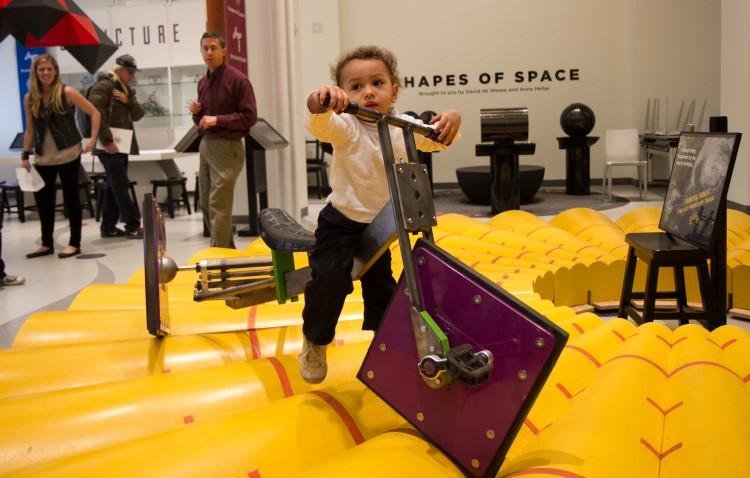NEW YORK—Glen Whitney stood looking at a tricycle with square wheels.
“How can you possibly have a square-wheeled tricycle?” he asked rhetorically.
Mathematics—that’s how. Whitney said a mathematical theorem says there is a road for every wheel.
“The power of mathematics allows you to discover a way that you can do the seemingly impossible and make it possible,” said Whitney, founder and executive director of the National Museum of Mathematics (MoMath) in the Flatiron District.







